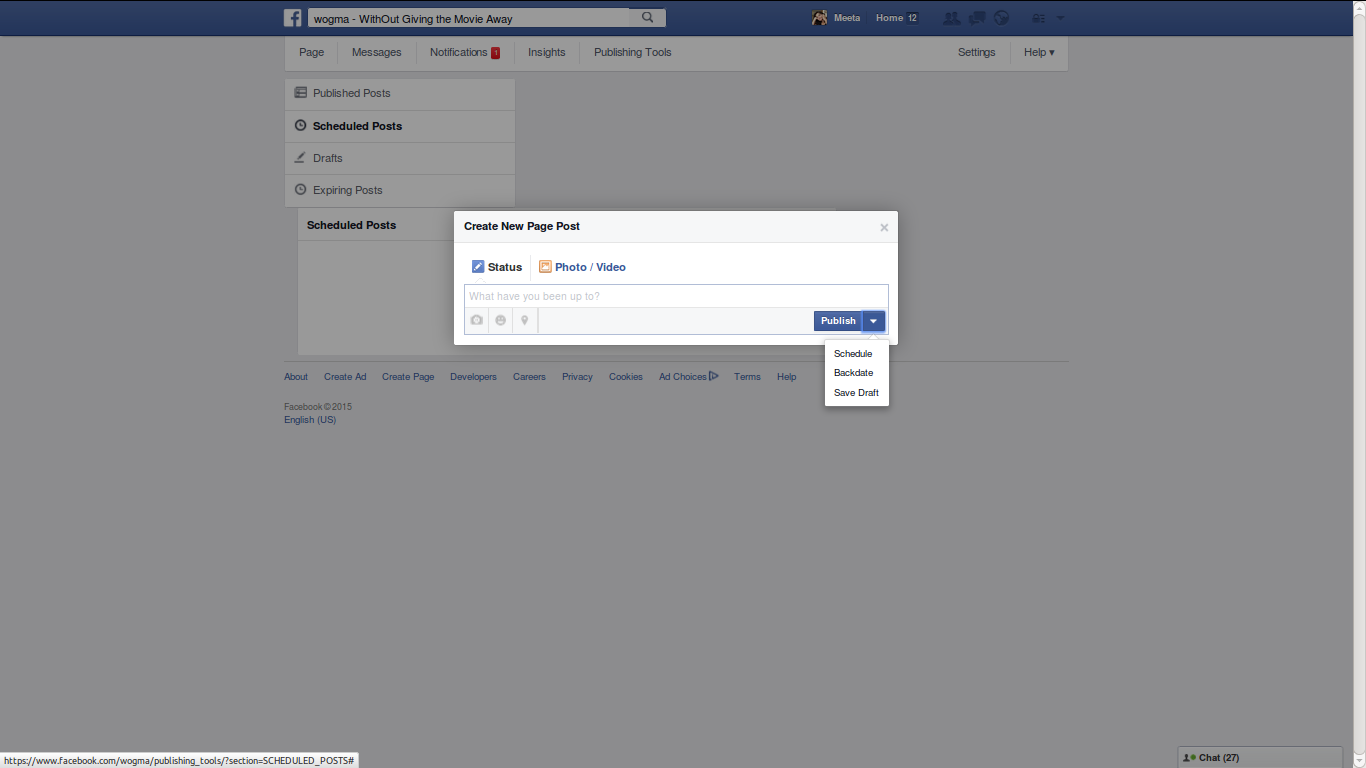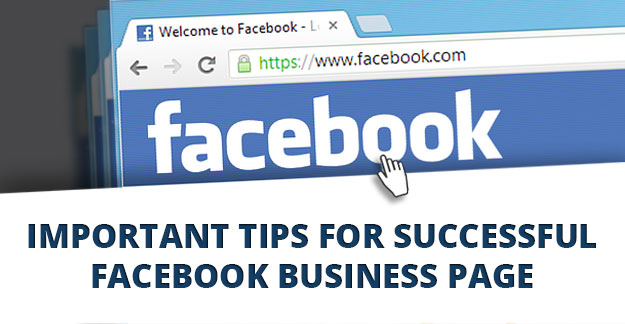There are several simple things that one can do or incorporate on their e-commerce websites so as to increase their sign-up rate.
In this article, we will give you a handy guide on increasing the sign-up rate for your e-commerce site. And talk about improving sign-ups with one-step social login.
To begin with, let’s list down the different ways to increase your overall sign-up rate.
1. Firstly, build value around the registration process
Right off the bat, it is vital to offer an explanation as to why users ought to register with the website. You can use a little copy to describe the relative benefits. This involves large, vivid headings with few bullet points that lay the value of registering with the site. Additionally, this quickly explains to the user the benefits that they can achieve when they register.
2. Remove as many insignificant fields as possible
Just like the landing pages, fewer form fields within your registration process mean that you are less likely to suffer from mid-form abandonments. As such, it is vital to consider the information or data that you must gather.
Subsequently, one can also abandon involving questions that will not help in lead nurturing. This is achievable by indicating such information as optional.
3. Group the fields logically
It is true that some websites will often need a lot of information during registration. This includes the billing addresses, shipping addresses, contact or personal information, as well as credit card information, which compose of users’ greatest fears.
Therefore, if the data is necessary to complete the registration process, then most visitors will often appear to comply. Unless they are laid out in an illogical order.
Generally, this includes something like names, contact numbers, email addresses, billing/shipping addresses with check boxes if they are all similar in addition to credit card information. However, if the whole arrangement is irregular such that billing address and shipping address comes first and then the personal information comes last, the users will be disoriented as well as unnerved at worst. Thus, they will leave the website without completing the whole registration process.
As such, one might use simple front-end registrations and logins, a similar theme or design to the Userpro Feature plugin.
4. Break up the long registration process into smaller steps
For many sites, the sign-up or registration process is usually combined with the check-out process. This means a huge part of time invested as well as more opportunities for the visitors to get frustrated.
Therefore, it is important to break up the long process into vividly labeled steps.
5. Make your security and privacy issues clear and precise
Confidentiality and safety issues are essential. This makes your visitors feel more at ease and safe when entrusting you with their personal information. Thus, including an apparent link to your privacy policy as well as visual indications of your site’s security with verifications from third parties creates some reassurance to visitors.
6. Offer an Incentive within your sign up process
It does not matter whether you are offering free social sign up(s) or even paid subscriptions. One can benefit from providing some incentive to signing up. As such, this will lead to experiencing your conversions.
For instance, you can include a free e-book, a phone, e-mail consultation as well as whitepapers for the subscribers. Subsequently, those selling paid subscriptions can also consider offering a free month for the new subscribers. Or even free upgrades to better plans.
People often like getting things for free because it makes them feel like they are getting a better value. This makes something expensive in the beginning appear to be a bargain(able), because of all the relative “free” things they are getting.
7. One-step social login
Lastly, allow your subscribers to comment as well as login with their social networks such as Twitter, Instagram as well as Pinterest among others.
And how do social logins improve your sign up rates? Let’s look at it in more detail.
Improving Social Sign ups with a One-Step Social Login

Bloggers, the e-commerce site owners as well as the web developers often have one thing in common. They all strive for boosting their conversation rates in addition to encouraging visitors to engage more on their sites.
Additionally, other forward-looking businesses and organizations are also adopting the use of the social sign in as well as social login plugins like UserPro: A WordPress Community Plugin, Login Radius, Social Auth, etc. so as to achieve similar results.
For the uninitiated minds, social login(s) allows users and visitors to access other websites by using their existing and personal social account IDs. This includes social accounts such as Facebook, Twitter, as well as Google+ and LinkedIn among others.
These aspects enhance the visitor’s experience on most e-commerce websites. They also permit marketers to collect and gather more accurate information, not forgetting the verified e-mail addresses, age as well as gender, relationship statuses and interests.
Thus, this owes to the fact that there is no need of filling out registration forms or even remembering more passwords.
Social Signups in Accordance to the Global Statistics

A recent study shows that approximately 1.86% of users or visitors are always unwilling to create new accounts on various e-commerce websites.
Hence, requiring visitors to enter their email addresses, names as well as others personal data puts most of them off. This may drive them to other websites that do not insist on the traditional registrations alone. This also involves the points or checkout stages. In fact, around 55% of visitors report that they can leave a given website as well as go to another instead of completing individual registration forms.
Therefore, one of the many things that most e-commerce website owners can learn is that considering the visitor’s online behavior, mostly the younger demographic, often expect a seamless web experience. As such, they usually have a knowledge of this and its availability; therefore, they will feel irritated if most websites fail to deliver.
Consequently, the approximations as to the average numbers of password users presently have to remember, tend to vary from around 8 to 30. However, we can often assume that the so-called ‘password fatigue’ will only appear to get worse.
Benefits of One-Step Social Log in towards improving your signups
An e-commerce based website that incorporates the one-step social signup(s)/plug in is prone to increasing their consumer acquisition.

As such, social sign ups make it a lot easier for website visitors as well as mobile users to register as well as login to websites with their present or existing social network identities. This ranges from Google, Twitter as well as more than 30 other providers.
Subsequently, there is the benefit of acquiring more visitor registrations for e-commerce businesses. Thus, social sign up(s) make it simple for clients to register. In addition, it grants the relative business access to the first-party identity information it needs to deliver relevance as well as drive ROIs across channels and campaigns.
A Case Study involving One-Step Social Log in
About 2.77% of visitors believe that social login(s) are good registration solutions for e-commerce businesses. And therefore, it should be offered by every e-commerce website. As such, the number of users directly correlates to revenue (whatever business one engages in). Whether one makes money through sales or even ads, they can often require more visitor engagement on websites.
Some organizations report that social login or sign up dramatically reduces the number of failing login attempts as well as password reset requests. Hence, the take up appears not to be higher than it should be. Below is a case study proving the benefits of associating with the one-click social login:
Below is a case study proving the benefits of associating with the one-click social login:
“A commonly known B2B subscriber e-mail management service, MailChimp, currently records a 66% drop in the failing login attempts after a brief introduction of the social login. This is impressive; however, given only 3.5% of their visitors signing in via social signup, appear to tweak their traditional registration forms as well as removing the social login plugins. Thus, as the company views 3.5% as disappointing, others may feel differently, keeping in mind that attaining the 3.5% in a given month mean that it is doing pretty good.
Subsequently, another well-known B2C company, Easytobook recently has a record of almost 1.5 million monthly unique users but little engagement. For this reason, they have to consider either simplifying their registration process. Or alternatively, incorporate Social login WordPress plugins like UserPro, Login Radius, etc. After implementing social login, they are prone to expect a 68% upsurge in their user engagement. This is because they will be able to understand as well as interact with their visitors.”
Conclusion
Therefore, it is clear that various users are opting for social signup as their preference. Issuing them with the choice to complete registration forms or use their present social IDs is likely to result in improving visitor engagement for e-commerce websites.
In doing so, it is also important to keep in mind that if the process fails to involve lead generation, then it is important to incorporate the process that will support the lead generations.
So when do you plan to set up a social login on your site? Let us know in the comments if a one-step social login has improved the sign-up rate for your site.




